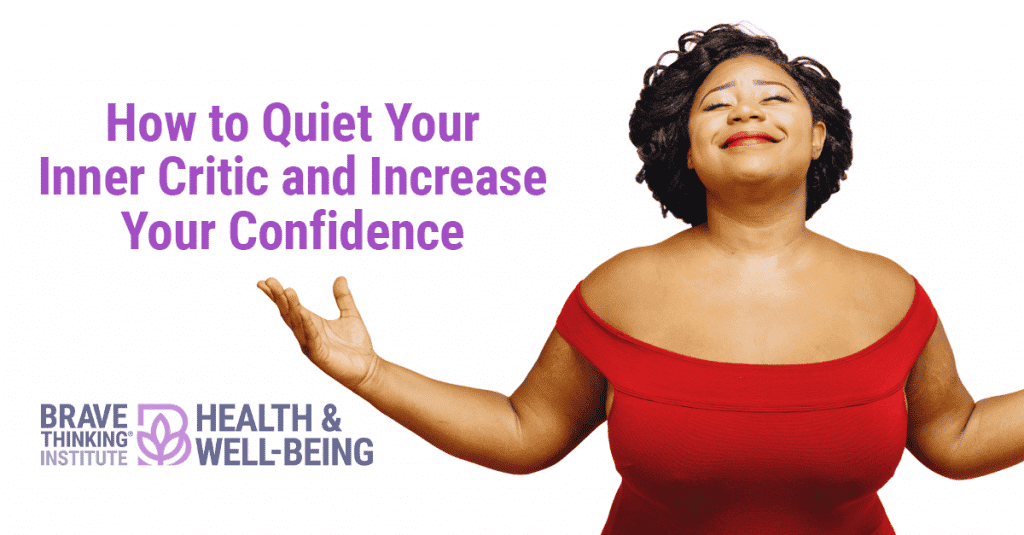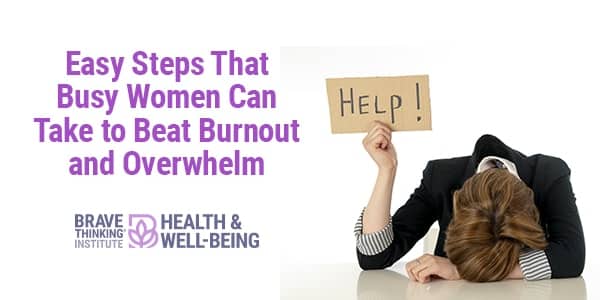As part of a NEW expert interview series, I will be releasing next month I interviewed two world class doctors from the Akasha Integrative Medical Clinic in Santa Monica, CA.
During these amazing, content packed interviews, I asked them to name their top 3 personal health practices that support them to be their most vibrant, healthy self. They both said they practice intermittent fasting.
This got me curious.

I remember my parents practicing fasting when I was growing up for spiritual reasons.
I have explored different health cleanses and methods. But this new trend is different and sounds promising.
I have discovered fasting is amazing for some people, but it isn’t suitable for everyone. But first, let’s explain what intermittent fasting is…
Intermittent fasting is not a diet.
It is a timed approach to eating. Intermittent fasting involves cycling between periods of eating and fasting.
Unlike a dietary plan that restricts where calories come from, intermittent fasting does not specify what foods a person should eat or avoid.
Intermittent fasting may have some health benefits, including weight loss but is not suitable for everyone.
Fasting has several effects on a person’s body
These effects include:
- Reducing levels of insulin, which makes it easier for the body to use stored fat.
- Lowering blood sugars, blood pressure, and inflammation levels.
- Changes gene expressions, which helps the body protect itself from disease as well as promoting longevity.
- Dramatically increases human growth hormone, or HGH, which helps the body utilize body fat and grow muscle.
- The body activates a healing process doctors call autography, which essentially means that the body eats up its own damaged cells.
- Fasting dates back to ancient humans who often went hours or days between meals as obtaining food was difficult. The human body adapted to this style of eating, allowing extended periods to pass between food intake.
Intermittent fasting recreates this forced-fasting.
When a person undertakes an intermittent fast for dietary proposes, it can be very effective for weight loss.
Other research backs up the claims that fasting can help a person lose weight.
For example, a review of studies shows that many people who fast see a higher loss of visceral body fat and a similar to slightly less reduction in body weight, compared to people who follow more traditional calorie reduction diets.
Research also shows fasting to be beneficial for the management of metabolic syndrome and diabetes, extending lifespan, protecting neuron function, and shows promise in those with digestive diseases.
Side effects of intermittent fasting
For a healthy, well-nourished person, intermittent fasting offers very few side effects.
However, people with the following 9 medical conditions should consult their doctor and most likely not follow a fasting program.
People particularly at risk from fasting and who may require medical supervision, or suspend fasting include:
- Women who are breastfeeding
- Women who are pregnant
- People who are trying to conceive
- People with diabetes
- People who have difficulty regulating sugar
- People with low blood pressure
- People on medications
- People with eating disorders
- People who are underweight
So, why would you choose Intermittent fasting? It’s a popular method that people use to:
- Simplify their life
- Lose weight
- Improve their overall health and well-being, such as minimizing the effects of aging
Fasting is safe for ‘most’ healthy, well-nourished people. For those ready to start fasting, the following 3 tips aim to help them make the experience as easy and successful as possible.
3 Tips to start…
- Get your doctor’s permission
If you feel this might not be a good idea for you depending on your current health, follow your intuition and also be sure to get your doctor’s permission. - Identify personal goals
Typically, a person who starts intermittent fasting has a goal in mind. It may be to lose weight, improve overall health, or improve metabolic health. A person’s ultimate goal will help them determine the most suitable fasting method and work out how many calories and nutrients they need to consume. - Select the method
There are four potential methods that a person may try when fasting for health reasons. A person should pick the plan that suits their preferences and which they think they can stick with.These include:
- Eat Stop Eat
- Warrior Diet
- Leangains
- Alternate Day Fasting
Typically, a person should stick with one fasting method for a month or longer to see if it works for them before trying a different method. Anyone who has a medical condition should talk to their healthcare provider before beginning any fasting method.
When deciding on a method, a person should remember that they do not need to eat a certain amount or type of food or avoid foods altogether. A person can eat what they want. However, to reach health and weight loss goals, it is a good idea to follow a healthful, high fiber, vegetable-rich diet during the eating periods.
Binging on unhealthful foods on eating days can hinder health progress. It is also extremely important to drink lots of water or other no-calorie beverages throughout the fast days.
Eat Stop Eat
Brad Pilon developed Eat Stop Eat, which is a fasting method that involves eating nothing for 24 hours twice a week. It does not matter what days a person fasts or even when they begin. The only restriction is fasting must last for 24 hours and on non-consecutive days.
People who do not eat for 24 hours will likely become very hungry. Eat Stop Eat may not be the best method for people who are unfamiliar with fasting to start with.
Warrior Diet
Ori Hofmekler is the creator of the Warrior Diet, which entails eating very little for 20 hours each day. A person fasting in this way consumes all their typical food intake in the remaining 4 hours. Eating a whole day’s worth of food in such a short time can make a person’s stomach quite uncomfortable. This is the most extreme fasting method, and similarly to Eat Stop Eat, a person new to fasting may not want to start with this method.
Leangains
Martin Berkhan created Leangains for weightlifters, but it has gained popularity among other people who are interested in fasting. Unlike Eat Stop Eat and the Warrior Diet, fasting for Leangains involves much shorter periods.
For example, males who choose the Leangains method will fast for 16 hours and then eat what they want for the remaining 8 hours of the day. Females fast for 14 hours and eat what they want for the remaining 10 hours of the day.
During the fast, a person must avoid eating any food but can drink as many no-calorie beverages as they like.
Alternate Day Fasting, 5:2 method
Some people fast on alternate days to improve blood sugar, cholesterol, and weight loss. A person on the 5:2 method eats 500 to 600 calories on two non-consecutive days each week.
Some alternate-day fasting regimens add in a third day of fasting each week. For the rest of the week, a person eats only the number of calories they burn during the day. Over time, this creates a calorie deficit that allows the person to lose weight.
LASTLY…
Remember to always listen to your body.
If you start this method and you feel internally this is not working for you, or it’s causing you harm, discontinue immediately.
You are ALWAYS the highest authority of your own health and wellbeing.
The only person who can take ideal care of yourself and your health is YOU!
I’d love to hear from you…
Have you tried intermittent fasting? Do you plan to? What are your top tips for being radiant?




For many years now I have been fasting on Saturdays, starting after the Friday-evening meal. I used to do 36 hours (until Sunday morning), but in recent years have done only 24 hours, breaking my fast with a very light, well-balanced Saturday supper. My greatest surprise, spiritually, has been that after I resume eating I usually receive a major insight. Fasting is a joy. It frees my time for other activities, but it also creates an inner peace that allows for deeper meditation, which opens the mind to deeper wisdom. I began this practice only because I felt drawn to it, knowing intuitively that in it I would find a gift that would be mine to discover.